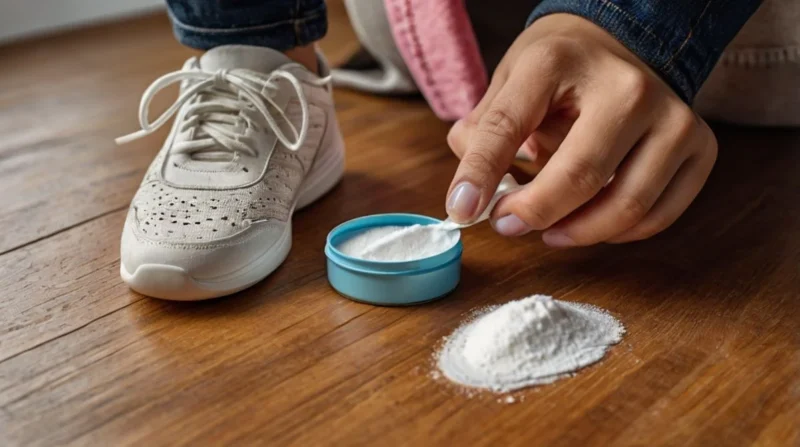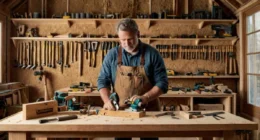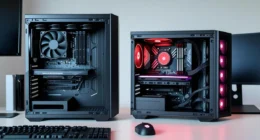Table of Contents
- Why Do Shoes Squeak?
- Identify the Source
- Quick Fixes for Squeaky Soles
- Fixing Inner Squeaks (Insole, Tongue, Internal Layers)
- Repair Loose Parts
- Break In New Shoes Naturally
- Extra Notes for Specific Surfaces
- Step-by-Step Guide
- When to Replace or See a Cobbler?
- How to Choose the Right Product?
- Where to Buy?
- Why These Methods Work?
- FAQ
- Conclusions
Squeaky shoes can be embarrassing, whether at home, at work, or out in public. But fixing them is often simple and quick. Here’s a friendly, down-to-earth guide to “how to stop shoes from squeaking” on wood, tile, or carpet using easy home remedies and safe methods.
Why Do Shoes Squeak?
Let’s start with the basics:
- Rubber soles on smooth floors (tile, hardwood, laminate): Friction is the main culprit when slick rubber meets slick floors; squeaks happen.
- New shoes often squeak because they haven’t been broken in yet, the soles and insoles still rubbing stiffly together.
- Moisture or trapped water increases slippage and friction inside your shoe.
- Loose parts, gaps, or air pockets between insoles, soles, or loose tongue areas cause squeaks.
- Worn insoles or internal rubbing in old shoes can create noise as materials shift.
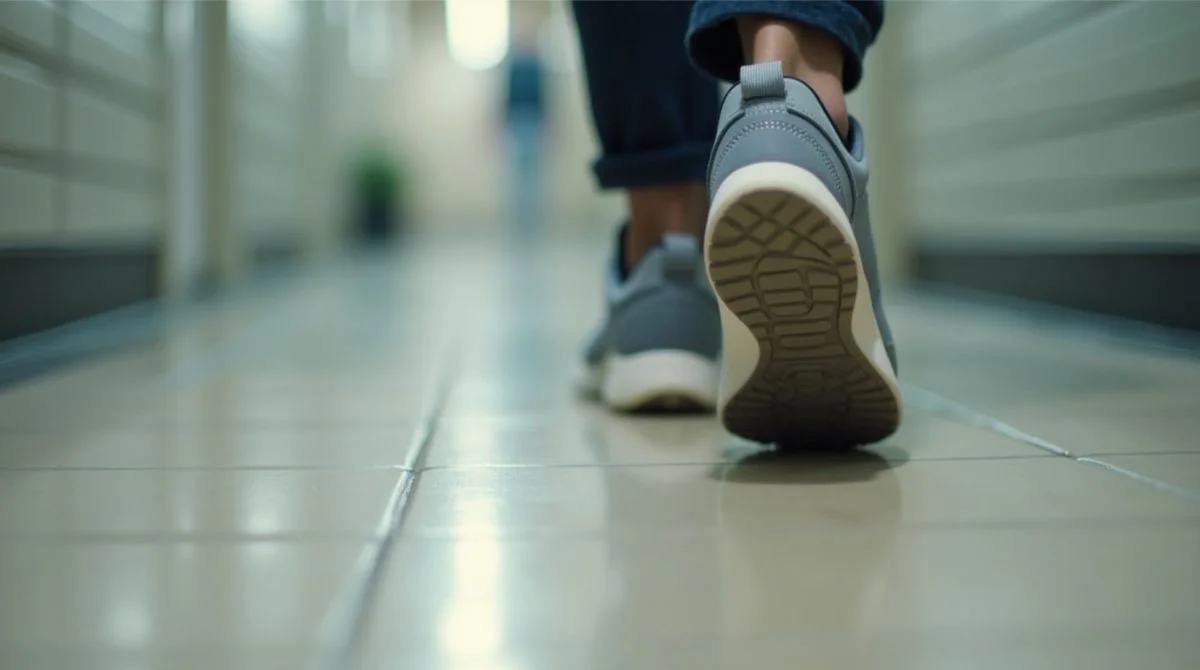
Identify the Source
Before fixing, figure out where the squeak comes from:
- Try walking in socks or on different floors. If it only squeaks on wood/tile, it’s probably the sole.
- Pinpoint whether the noise is coming from inside (insole/tongue) or underneath (outsole).
Quick Fixes for Squeaky Soles
1. Roughen the Outsole
Gently sand the bottom with fine-grit (120–220) sandpaper to reduce slickness. This increases traction and cuts down the squeak. Use light passes; don’t overdo it.
2. Soap or Rubber Sole Spray
Rub a dry bar of soap on the sole or use specialized non-slip sprays. The soap transfers a thin layer that reduces friction without slipperiness.
3. Apply Lubricant to Sole or Edges
Use silicone spray (like WD-40) or even coconut oil on the outer edges to smooth out the contact points.
Fixing Inner Squeaks (Insole, Tongue, Internal Layers)
1. Use Baby Powder or Talcum Powder
Remove the insole, sprinkle powder underneath to absorb moisture and reduce friction, then reinstall. Works great in warm weather.
2. Dry Out Wet Shoes
For wet shoes, stuff them with newspaper and let them air-dry. For leather, add conditioner afterwards to keep it supple.
3. Lubricate Inside
Apply a small amount of leather conditioner, petroleum jelly, or coconut oil around squeaky areas like the tongue seam or arch to reduce internal rubbing.
4. Use Dryer Sheets
Rub a dryer sheet on the sole and tuck one under the insole to reduce internal friction and add a fresh scent.
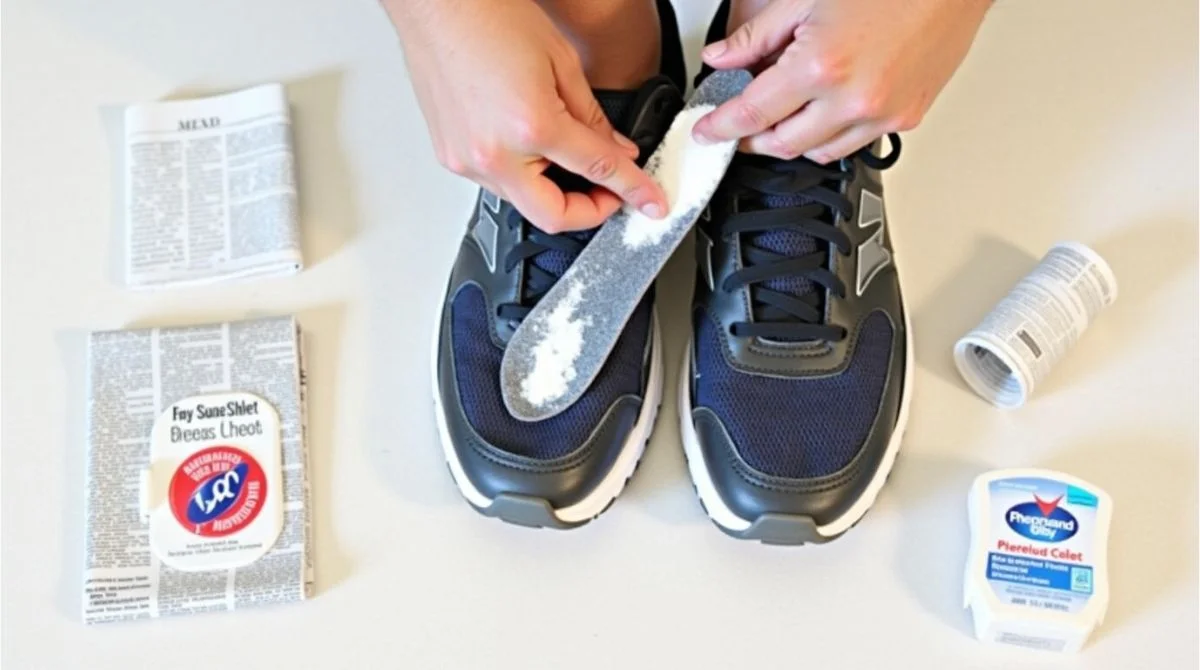
Repair Loose Parts
- Loose soles or heels: Glue them back with strong adhesive (like super glue), clamp them tight, and let them cure overnight.
- Worn or defective parts: If your insole is torn, replace it. Adding a thin sheet of paper or tissue under a slightly loose insole can help reduce movement.
Break In New Shoes Naturally
If your new shoes squeak, wear them around the house on carpet before stepping onto harder surfaces. This lets the materials soften and settle, often eliminating squeaks on their own.
Extra Notes for Specific Surfaces
Wood Floors
- Sand soles gently to avoid that high-pitched squeak on polished hardwood.
- Keep humidity moderate. Too dry or too humid conditions can affect both floorboards and shoe friction.
Tile Floors
- Often, a slick soap bar or sole spray helps here most.
- Remove any floor polish or slick residue, and clean tiles well.
Carpet
Rarely squeaky unless moisture is present in the soles. Drying and powdering do the trick here.
Step-by-Step Guide
1. Identify whether the squeak is from the sole, inside, or loose parts.
2. Remove insoles and clean/dry both interior and exterior.
3. Sand soles lightly if smooth.
4. Apply powder or lubricant inside and/or outside.
5. Reattach loose parts with glue and clamp, and let dry.
6. Test walk on an appropriate surface.
7. Repeat powders/lubricants as needed; they wear off over time.
When to Replace or See a Cobbler?
If you’ve tried all of the above and the squeak persists, it might be time to:
- Replace worn-out insoles or resole leather shoes.
- Consult a professional cobbler for quality repairs.
How to Choose the Right Product?
When picking a product, consider:
- Where the squeak is coming from (sole vs. insole vs. upper)
- Material of your shoe (leather, rubber, fabric)
- Surface you walk on (tile, wood, carpet)
- Level of damage (new squeaks vs. worn-out shoes)
- For example, if your shoes squeak only on wood floors, try sanding the sole lightly or using a dryer sheet. If the squeak comes from inside, baby powder or anti-friction spray will likely work best.
Where to Buy?
All the products above are available on
- Amazon.
- Walmart.
- Target.
- Shoe retailers like DSW, Zappos, and Foot Locker.
Always check the reviews and make sure the product matches your shoe type.
Why These Methods Work?
- Reducing friction between surfaces (sole vs. floor or insole vs. shoe) is the key, achieved by roughening, lubricating, or powdering.
- Removing moisture** fixes one of the most common causes of squeaks.
- Fixing loose parts** stops air-pocket snapping sounds.
FAQ
Q1. Will sanding damage my soles?
No, as long as you use light strokes with fine-grit sandpaper and avoid oversanding.
Q2. Is using oil safe for leather?
Yes, tiny amounts of leather conditioner or low-viscosity oils keep leather supple without staining or damage.
Q3. My shoes only squeak when wet. Help?
Dry them immediately, add powder, and waterproof them with spray to prevent future moisture issues.
Conclusions
By understanding “where the noise comes from” and using these **simple at-home fixes like sanding, powdering, lubricating, or repairing, you can easily learn “how to stop shoes from squeaking” on wood, tile, or carpet. Most solutions take just a few minutes, cost little, and avoid both noise and embarrassment.
